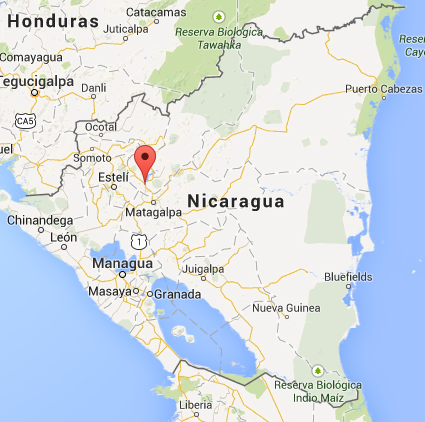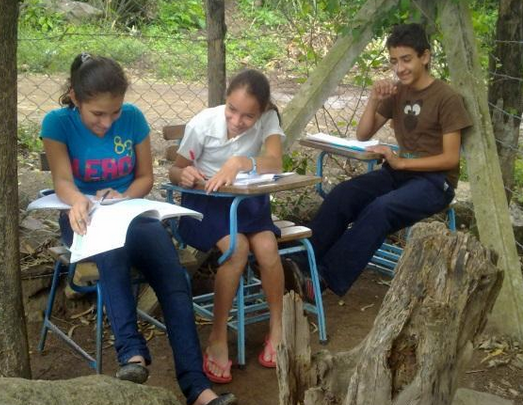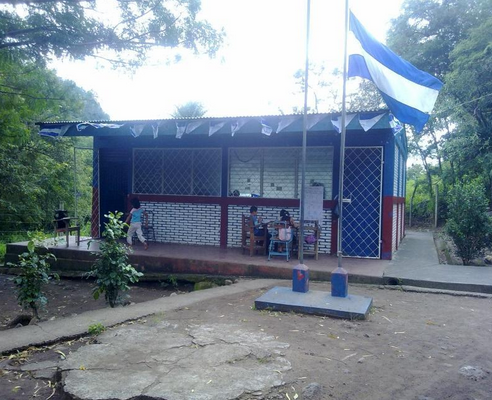El Hatillo, Nicaragua
![]()
![]()
![]()
![]()
![]()
![]()
![]()

![]() Click on Programs to learn more about their work in this community
Click on Programs to learn more about their work in this community
General Information

| Population* | 336 |
| Number of homes | 67 |
| Avg # of people per home | 5 |
| Number and % of children |
(0-5): 28 children- 14% (6-14): 36 children- 18% |
|
Electricity |
Yes, public system |
|
GPS |
Located 29 km. south of the city of Jinotega. Elevation: 986 m above sea level |
| Municipality | Jinotega |
| Department | Jinotega |
| Health Center | None |
| Distance from compounds | 99km, approx. 2 hours |
| Road conditions | Excellent, Almost all pavement |
* Population does not reflect how many patients will be seen on Medical
Brigades as many people from surrounding communities come seeking
Medical Brigades medical attention.
Top Three Needs Expressed
The top needs expressed by the community members are for the construction of a water system that supplies water to all homes at all times of the day, the construction of sanitary units in all homes in the community, and the training of families in the community in such a way that they will be able to develop the capacity to generate their own business and source of income.
The community includes a small primary school with only one teacher who teaches first through sixth grade. There are 33 students total, and because of the small size of the school the sixth graders need to sit on rocks in the school yard for class.
60.39% of the community inhabitants in this community have completed primary education, while 22.64% have completed secondary education and 13.2% cannot read or write anything save the initials of their name (the majority of this portion of the population are senior citizens). 3.77% of the rest of the population can read and write.
.
In the last four years, the only infrastructure project initiated by the government is a water system, which only provides for a small percentage of the water needs of the community. They only have access to the water 2 hours a day, and that is when the families need to bathe, wash all their clothing, and collect all water that they will need for cooking and other purposes throughout the day.
In terms of health services, El Hatillo does not have access to a nearby health unit. When a family has a problem they have to walk at least 9 km to the bus in order to get to Jinotega.
The majority of the families work in the agriculture sector. The majority of crops that workers in the community cultivate is corn, with beans and vegetables from gardens being the second and third most popular produce.
Most houses in the community consist of walls supported by pillars of unprocessed wood connected by lengths of bamboo on either side. Later, the bamboo is filled in by stones stuck together by clay made with mud. Finally, they seal the walls by filling in any holes with a layer of fine earth, often of different colors to give each wall a unique look. All of these construction materials are chosen to keep the homes cool during the warmer, dry season.
A nonprofit organization called AVODEC will be working cooperatively with Global Brigades to construct a new water system in the community. Before this partership, Global Brigades was the only organization working with this community. Global Brigades has worked with El Hatillo through Medical/Dental and Public Health brigades.
